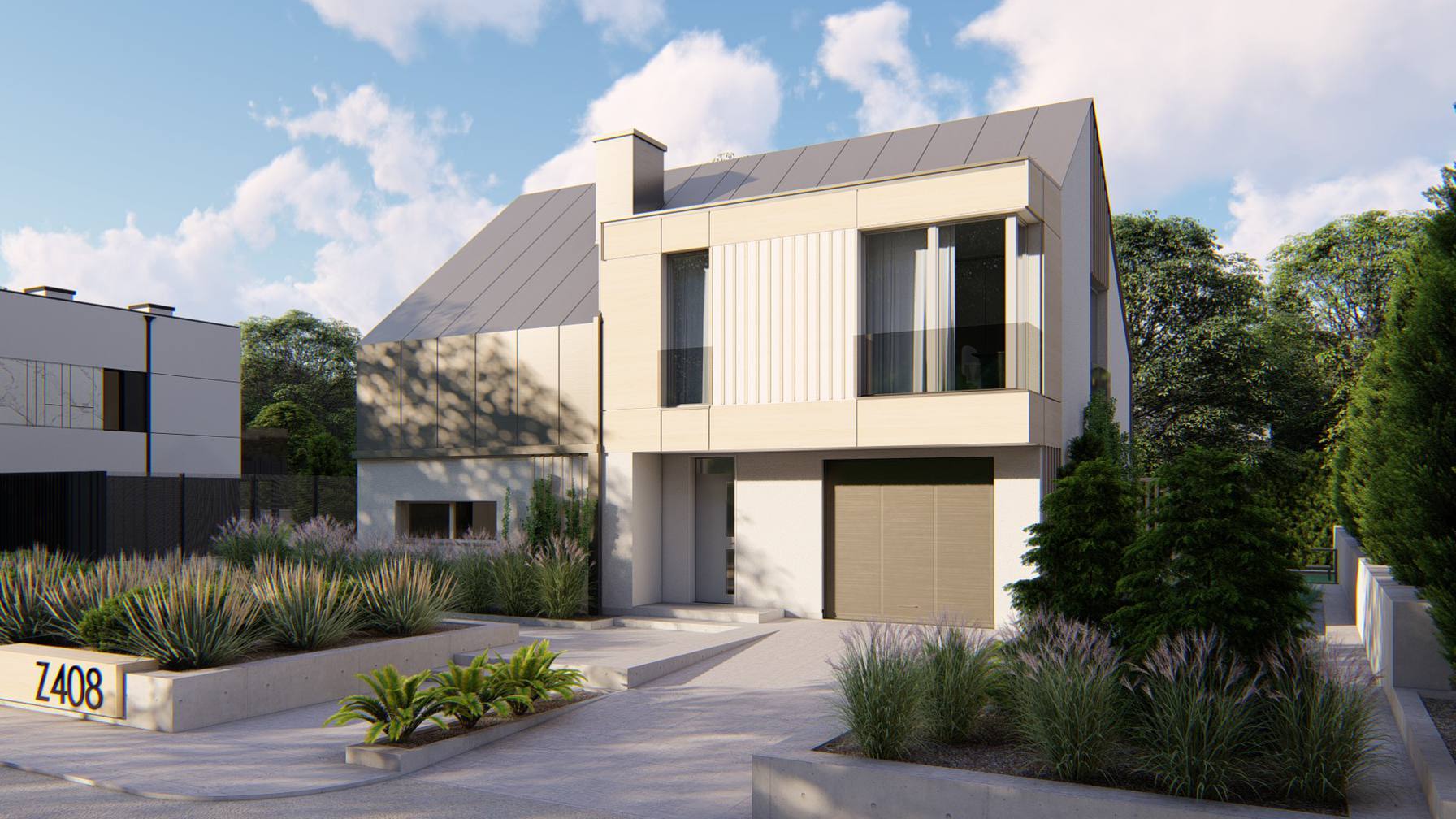For years, Adelaide Builders have been working to find solutions for reducing the amount of waste in the construction industry. This can be a difficult task because so many aspects of home building are dependent on products that require waste to be produced.
However, there are some steps that builders can take to reduce their construction waste and increase their profits through this process.
Required Waste
You might think that the answer is to reduce all of your waste, but there are two problems with this. First, when you reduce all of your waste, you’re also reducing some waste that must be generated by Adelaide Builders This includes things like:
- Waste generated by contractors and subcontractors
- Waste generated by the construction project itself
- Waste generated during demolition (if part of or all of a structure is demolished)
- Cleanup (if clean-up is required after demolition)
Visible Waste
Waste on a construction site is not only a visual problem, but it can also be an environmental hazard. Waste should be handled in a way that is safe for both workers and the surrounding environment.
There are many different types of waste produced during construction projects, including materials like concrete, wood, and limestone that were never used for their intended purpose. These materials pose no danger to the environment when they are disposed of properly.

However, if they are thrown away in random places where they can cause damage to anything else around them (such as trees or buildings), they become dangerous pollutants that can harm people’s health and natural resources.
The best way to prevent these problems is by implementing measures like having designated places where contractors can dispose of their excess supplies after using them on-site; this will help keep your workers safe while also preventing unnecessary damage from being done elsewhere.
Hidden Waste
Hidden waste is less visible than visible waste. It can be in the form of excess material, overproduction, over-packaging, etc. This type of waste is more difficult to identify than visible waste because it’s not as easy to see with the naked eye.
For example, if you buy a new house and notice that there is some damage on one wall or part of your flooring is loose, then you’ll consider this “visible” construction debris since it can be seen by anyone who looks at your home.
However, if there was something wrong with some pipes under your house that leaked after a few years (and nobody noticed), then nobody would know about this until they came into contact with water leaking underneath their bathroom flooring or kitchen tiles began falling apart due to bad plumbing installation underneath them!
Conclusion
While waste is often seen as an unfortunate byproduct of construction, it can also be a valuable resource for Adelaide Builders. By identifying and eliminating hidden waste in your business, you can reduce costs and increase profits. This will make your company more competitive and less likely to fail during the next recession.




